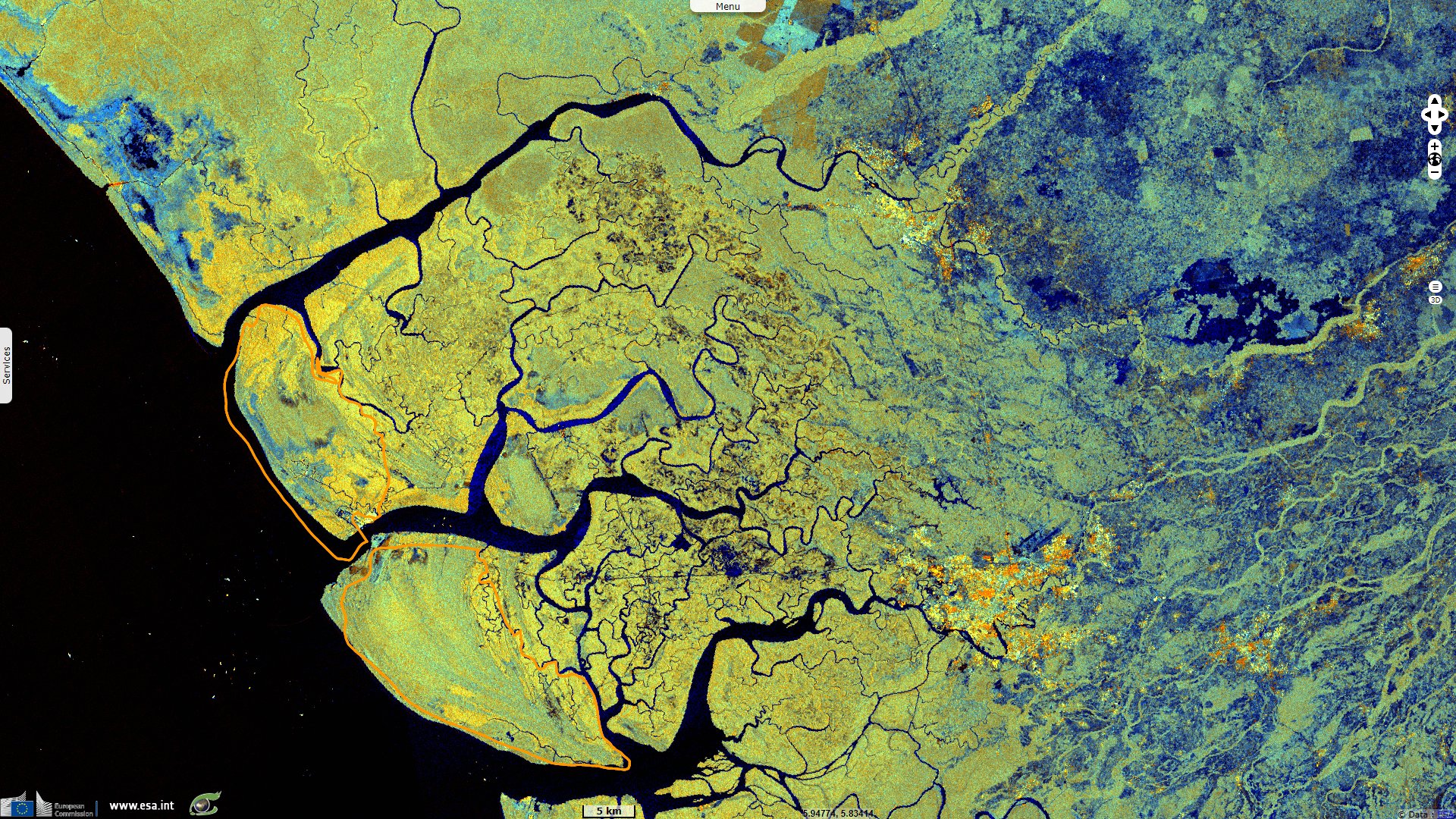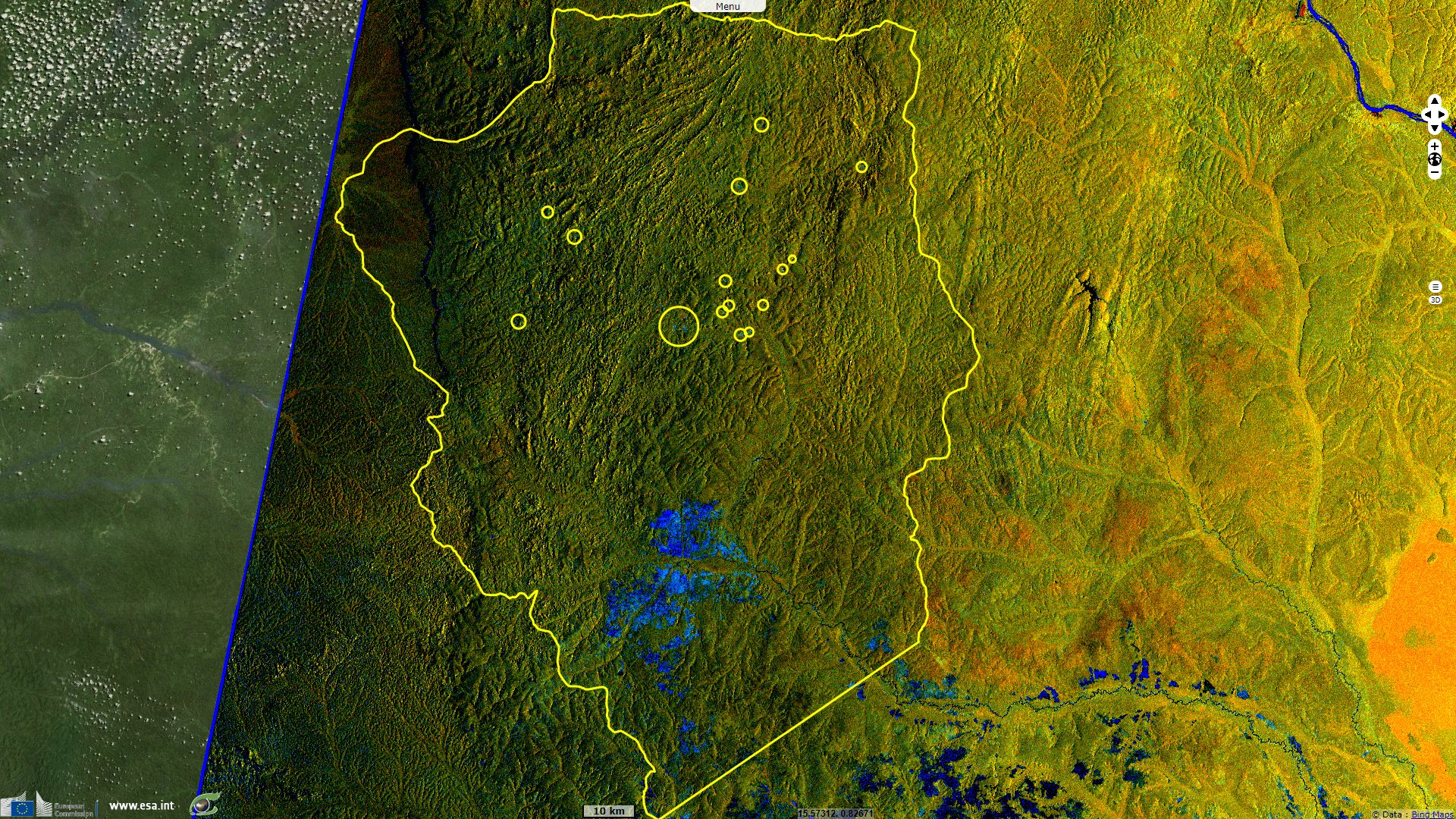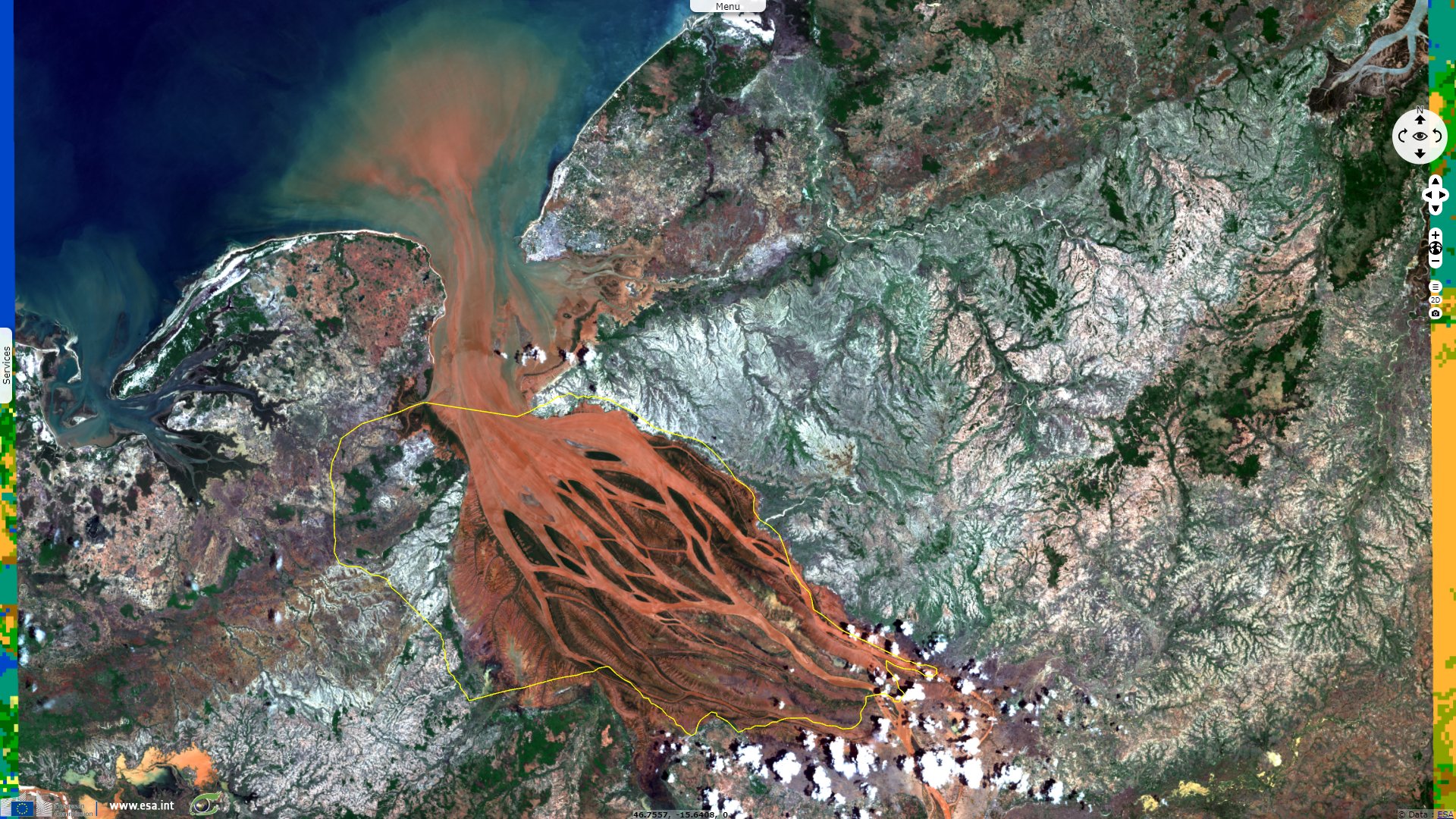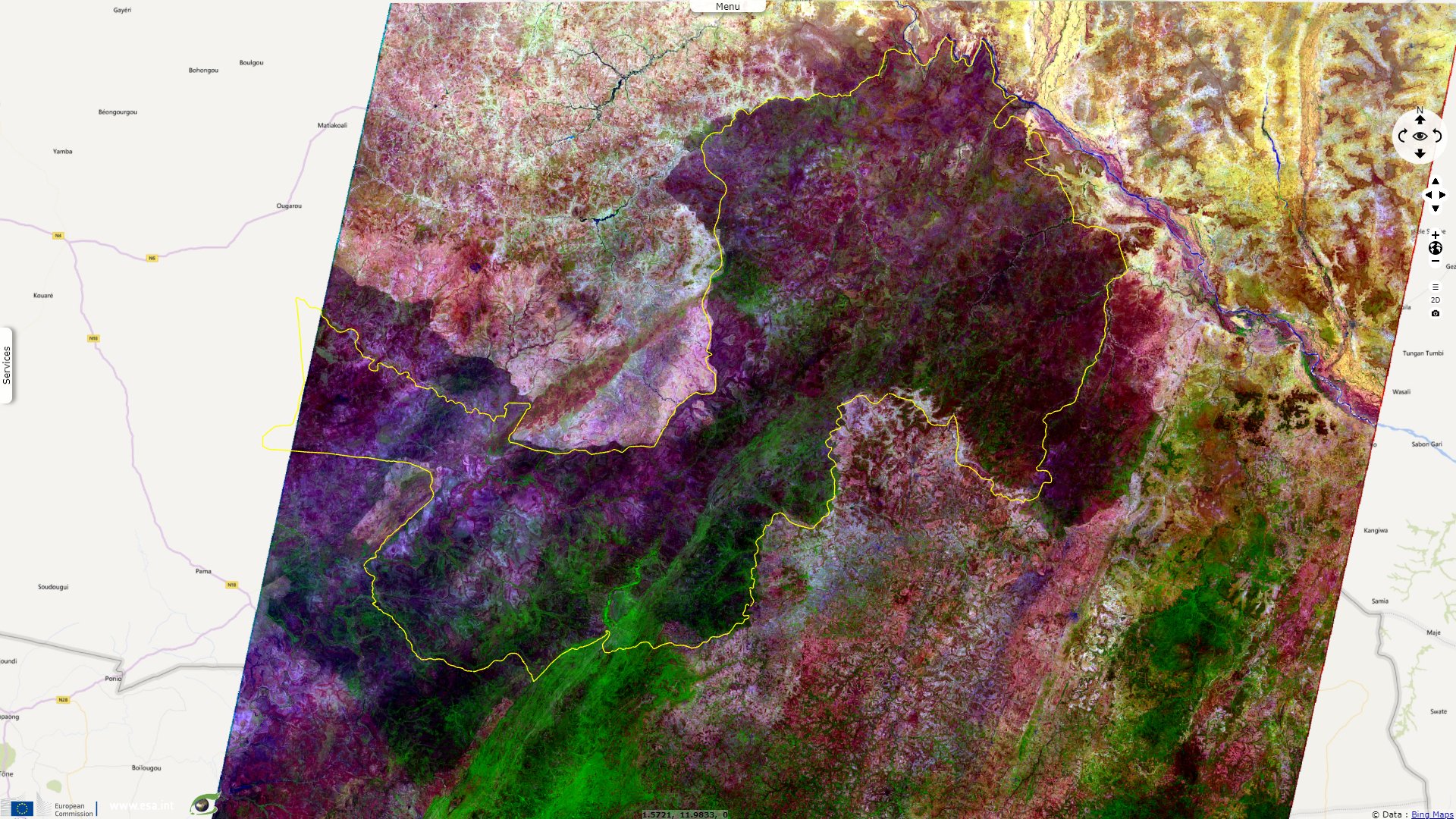African Protected Areas highlighted for the APAC congress
Keyword(s): Land, coastal, archipelago, national park, reserve, rainforest, mangrove, savannah, coral reef, wetland, river, lake, biodiversity, UNESCO World Heritage
The inaugural Africa Protected Areas Congress is being held in Kigali from 18 to 23 July 2022. The overarching objective of the IUCN Africa Protected Areas Congress (APAC) is to position Africa protected and conserved areas within the broader goals of economic development and community well- being and to increase the understanding of vital role parks play in conserving biodiversity and delivering the ecosystem services that underpin human welfare and livelihoods.
As it is reminded in the briefing document of the event: "Africa is immensely rich in biodiversity which comprise a quarter of all global biodiversity. The continent supports the earth’s largest assemblages of large mammals. Africa’s ecosystems extend from mangroves to deserts, from Mediterranean to tropical forests, from temperate to sub-tropical and montane grasslands and savannahs, and to ice-capped mountains. As environmental issues have become more globalised, African governments have adopted many regional and global agreements on the environment, biodiversity and sustainable development."
"Across all these commitments, success will be contingent on halting and reversing biodiversity loss at national and local levels, for which protected and conserved areas represent a prime mechanism supporting multiple interventions. With new decadal targets on biodiversity and climate to be set by the UN Convention on Biological Diversity (CBD[ and the UN Framework Convention on Climate Change (FCCC[ Conferences of the Parties in late 2021, APAC can integrate key commitments in its deliberations, agreements and action plans."
"The overarching objective of APAC is to stress implementation of actions agreed to halt biodiversity loss and land degradation, address climate change and support delivery of the Sustainable Development Goals (SDGs[ using protected and conserved areas as one implementation mechanism. Critically, the underlying drivers of biodiversity loss need to be understood and addressed in practical ways, and the global post-C0VID-19 economy needs to reflect the reality that our lives and economies depend on nature."
"Climate change-related interventions such as low carbon and net zero emissions, on their own, are not sufficient for a sustainable and resilient post-pandemic economy. The effective and sustainable management of protected and conserved areas should remain the backbone to ensuring resilience against shocks."
The objectives of APAC are to:
- "Make a strong case for African leadership and commitment to implement a development vision prioritizing nature and societal aspirations for sustainable and resilient outcomes.
- Agree on practical actions to promote the value and role of protected and conserved areas to enhance resilience, support sustainable development, human welfare and well-being.
- Agree on the underlying drivers of biodiversity loss and seek commitments from African and developed country governments to comprehensively address these.
- Agree on practical measures to enhance effective governance and management of protected and conserved areas to achieve their biodiversity and social outcomes, and ensure social and environmental sustainability.
- Agree on practical measures to recognize, elevate, and uphold the rights, responsibilities and roles of indigenous people, local communities and young people in conserving nature.
- Agree on key messages and effective platforms to advocate for protected and conserved areas to be high on the agendas of Governments, society, local communities, the private sector, and partners as part of post pandemic nature–positive recovery efforts.
- Launch effective Pan African networks, partnerships and cooperation mechanisms to support the effective management of protected and conserved areas and ensure their long-term sustainability including a Cooperation Agreement, a Directors’ Platform, and a Conservation Trust."
The Congress will focus on 3 key themes. The first is protected areas and conserved areas. It "Includes looking at the current status and level of effectiveness of all models of management of P&CAs, policy challenges and solutions, conservation representativity and connectivity through area networks that secure biodiversity and ecosystems; showcase best practices and call all Africa’s sectors of society–State, civil society, communities, and the private sectors - to confront together the different challenges with respect to P&CAs."
Another important topic is people: "Mutually beneficial relationships between people and nature can be strengthened in and around P&CAs, highlighting the deep social, cultural, spiritual, and economic relationships that people across the continent have in their landscapes and seascapes; showcase the contributions of people, including IPLCs, women and youth, to the governance and management of P&CAs; provide a space for dialogue on existing conflicts, as well as historical legacies of exclusionary forms of conservation, and explore potential solutions."
Finally, the last key thematic is biodiversity: "Build on our understanding of the status of biodiversity, community governance and knowledge, and identify how conservation is integral to multi-scale development strategies through national regional and global sources; outline how the C0VID-19 pandemic and other zoonotic diseases have changed perceptions about and influenced the need to value biodiversity and promote a debate on the sustainable use of biodiversity, in particular amongst regions and areas where livelihoods, jobs and human wellbeing are so dependent on sustainable use and how it contributes to its safeguarding."























